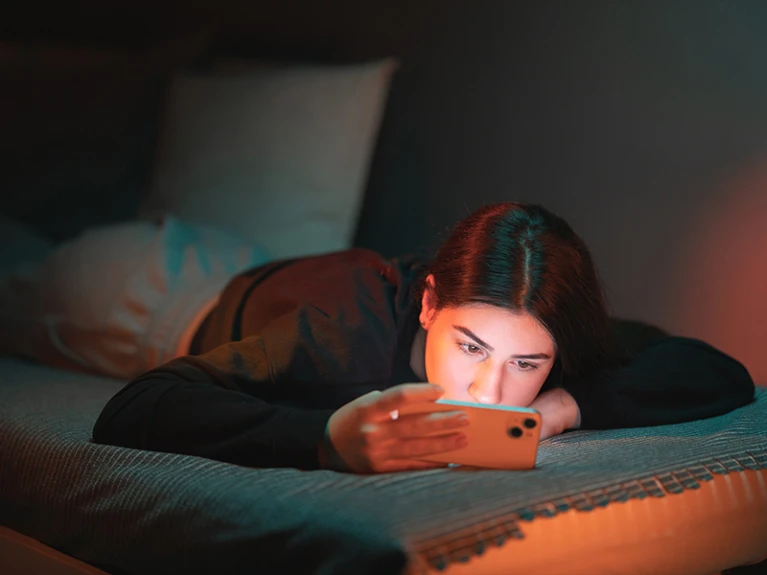Researchers from Florida State University have found that smartphone-based clinical interventions may significantly reduce appearance-related anxiety in women. The study, conducted by Professor of Psychology Jesse Cougle and clinical psychology doctoral student Tapan Patel, has been published in the Journal of Consulting and Clinical Psychology.
Addressing Anxiety Through Technology
“Technology can lead to negative mental health effects, so one of my biggest driving questions within this research was how I can instead use technology to improve people’s mental health,” said Patel, the study’s lead author and a member of the Cougle Lab in FSU’s Department of Psychology.
The study aimed to determine how technology could be used to help people confront and manage their appearance-related anxieties. Research suggests that between 69% and 84% of women over the age of 18 experience body dissatisfaction, often leading to negative mental health outcomes such as low self-esteem, social anxiety, and eating disorders.
Study Methodology and Findings
Cougle and Patel recruited 203 women aged 18 to 65 years old across the U.S. who reported significant concerns about their appearance. The researchers then administered two different month-long interventions, designed to help participants manage their anxiety without requiring face-to-face meetings with a therapist.
“Anxiety about one’s physical appearance is a significant problem that can substantially affect a person’s quality of life,” Cougle said. “We sought to test a brief, passive intervention for appearance anxiety that did not require therapist involvement and was delivered via participants’ phones.”
The interventions consisted of two techniques:
- Monitoring Appearance-Related Safety Behaviors (ARSB): Participants self-recorded and reduced behaviors such as mirror-checking, avoiding social situations, and comparing their appearance to others.
- Monitoring Unhealthy Behaviors (UHB): This intervention encouraged participants to track and reduce activities that contribute to low self-esteem and negative mood, such as excessive napping or doomscrolling on social media.
The results showed that participants in the ARSB group experienced significant reductions in appearance anxiety, eating disorder symptoms, and social anxiety compared to those in the UHB group.
Implications and Future Research
The study’s findings suggest that simple, smartphone-based interventions can effectively alleviate appearance-related anxiety. Patel and Cougle plan to refine their approach and explore its potential applications for preventing psychiatric disorders such as body dysmorphic disorder and social anxiety disorder. They also hope to test the intervention’s effectiveness in men.
“We started this project to determine how to improve treatments by targeting appearance-related safety behaviors, and it has become its own accessible solution for people with appearance-related anxiety,” Patel said.
The research has garnered positive attention in the field, with experts recognizing its potential to provide easily accessible, technology-driven mental health solutions.
Disclaimer
This article is for informational purposes only and does not constitute medical advice. Individuals experiencing anxiety or mental health concerns should seek professional guidance from a licensed healthcare provider.
For more details, refer to the original study: Tapan A. Patel et al., Safety behavior reduction for appearance concerns: A randomized controlled trial of a smartphone-based intervention, Journal of Consulting and Clinical Psychology (2024). DOI: 10.1037/ccp0000920.












